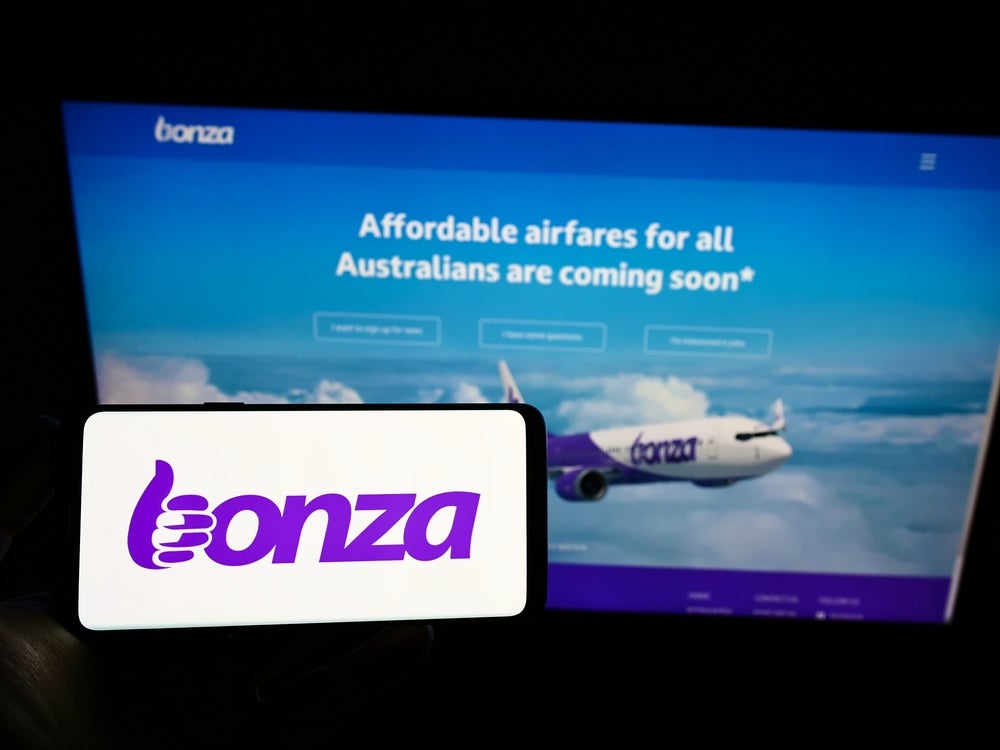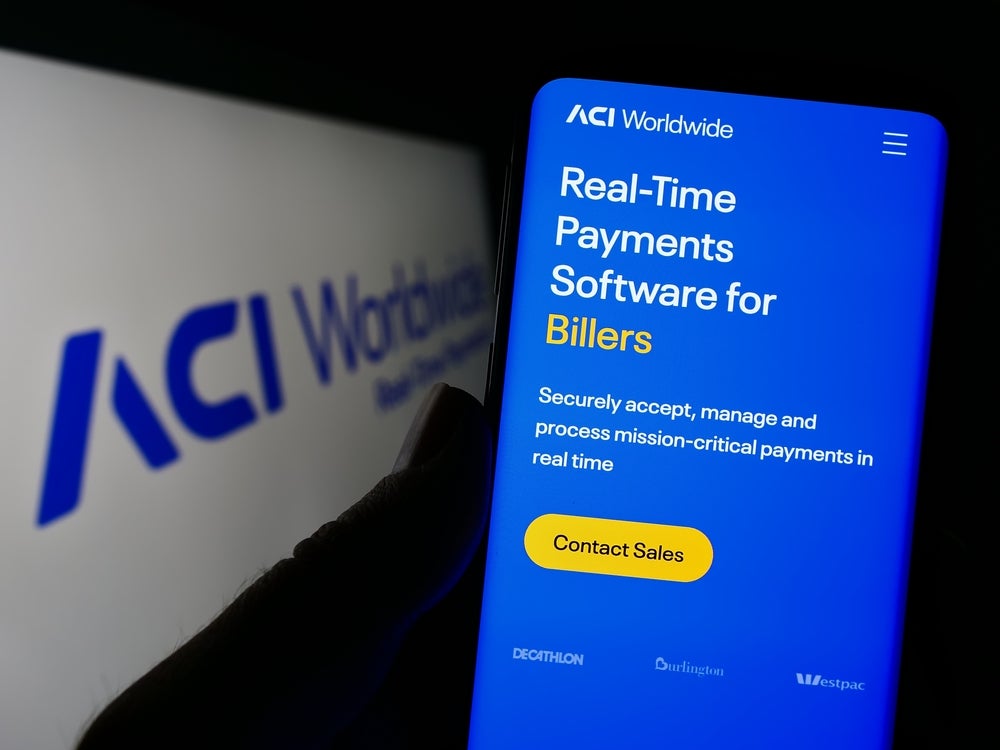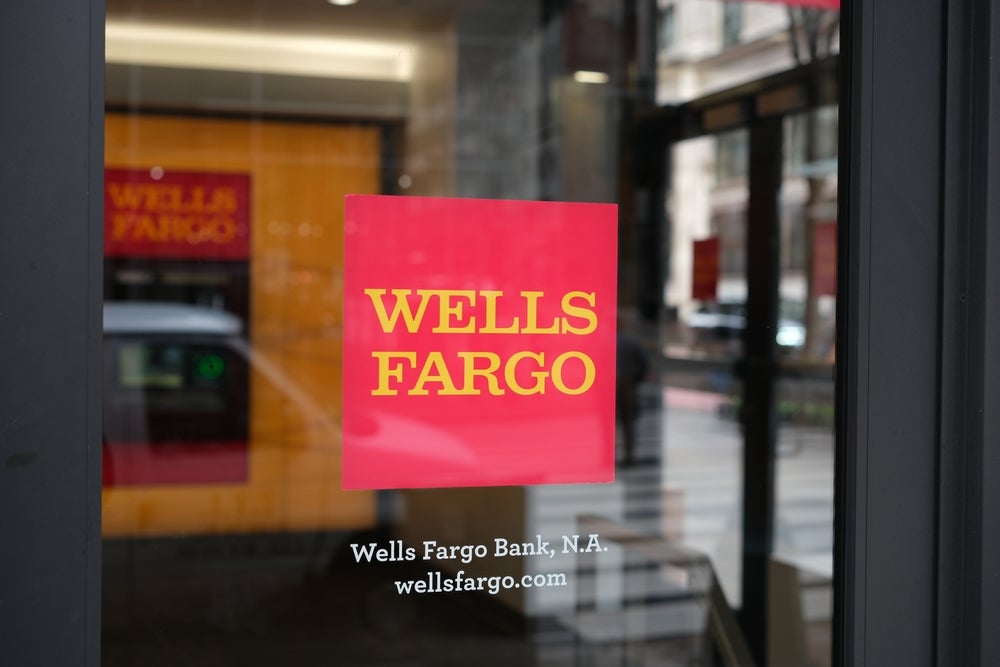Brazilian domestic card scheme Elo has made rapid progress since its launch in March 2011, and now offers card products for low-, middle- and high-income consumers. Elo is positioning itself as an inclusive brand that targets all consumer segments, its president Eduardo Chedid tells Robin Arnfield
In April 2010, Banco do Brasil and Bradesco, which jointly control Brazilian acquirer Cielo, founded Elo as a domestic card scheme competing with the Visa and MasterCard brands. In August 2010, Brazilian government-owned savings bank Caixa Econômica Federal joined Elo, whose cards are currently exclusively acquired by Cielo.
Elo, which encompasses credit, debit, prepaid and benefits cards, initially targeted unbanked and low-income consumers in the C and D segments. It has since developed products for higher-income consumers.
"Our goal is to be an inclusive brand, with a wide variety of products and services targeted at all consumer segments," says Chedid. However, Brazil’s 55 million unbanked consumers are still an important market for Elo. "We see an opportunity to target unbanked consumers, for whom cards represent an important point of entry to the banking system," Chedid says.
Launch
The Elo card brand was formally launched in Brazil in March 2011, and, in addition to Visa and MasterCard, competes with two small domestic Brazilian card schemes, major Brazilian bank Itaú’s Hipercard brand and Banricompras, which is owned by regional bank Banrisul. Elo’s cards use contactless and contact-based EMV chip technology developed by Gemalto,
How well do you really know your competitors?
Access the most comprehensive Company Profiles on the market, powered by GlobalData. Save hours of research. Gain competitive edge.

Thank you!
Your download email will arrive shortly
Not ready to buy yet? Download a free sample
We are confident about the unique quality of our Company Profiles. However, we want you to make the most beneficial decision for your business, so we offer a free sample that you can download by submitting the below form
By GlobalDataAccording to an April 2015 research note on Cielo by J.P. Morgan analysts Domingos Falavina, Saul Martinez, Yuri Fernandes and Christopher Delgado, Bradesco, Banco do Brasil and Caixa together hold approximately 60 percent of Brazil’s banking market. Chedid says Elo’s goal is to gain 15 percent of the Brazilian cards market by 2017.
"Given the relevance of Elo’ (participating) banks, we find the target achievable," the J.P. Morgan analysts wrote. "Currently, Elo has approximately a 9 percent share of the cards market."
According to the J.P. Morgan analysts, Elo is growing faster in debit cards than credit cards, as it is easier to convert clients to Elo debit cards. "According to Bradesco, clients perceive debit cards as a bank card (i.e., a Bradesco card) more than as a brand card (i.e., a Visa card)," they wrote. "Hence, changing brands is easier on debit cards.
The Brazilian credit and debit card market rose by 14.8 percent year-on-year in 2014 to BRL978.8 billion ($322.7 billion), not allowing for inflation, according to Brazilian card industry association Associação Brasileira das Empresas de Cartões de Crédito e Serviços (Brazilian association of credit cards and services companies). ABECS predicts the market will grow by 12-13 percent in 2015 to BRL1.1 trillion ($363 billion).
Cards market review
Elo owes its launch to a 2010 review of the Brazilian cards market by Banco Central do Brasil, Kendrick Sands, a consumer finance analyst at Euromonitor International, wrote in a blog (http://blog.euromonitor.com/2013/03/brazils-network-elo-making-progress.html).
The Central Bank’s review concluded that there were too few competitors and too much vertical integration in Brazil, resulting in artificially high prices for payment processing. Its directives to correct this included ending the ban on acquirers processing both Visa and MasterCard, establishing interoperability of POS terminals, and strengthening domestic card schemes to compete with MasterCard and Visa.
According to a January 2015 J.P. Morgan research note on Cielo, a key benefit of creating Elo is that its three participating banks have sovereignty over the Elo card payment structure, which is controlled by the brand.
In 2011, Alelo (formerly known as Companhia Brasileira de Soluções e Serviços/Brazilian solutions and services company), an employee benefits prepaid card issuer owned by Banco do Brasil and Bradesco, became a wholly-owned subsidiary of Elo Participações, the Bradesco- and Banco do Brasil-owned holding company for the Elo scheme.
Elo Participações, in which Bradesco has a 50.01 percent stake and Banco do Brasil 49.99 percent, owns 66.66 percent of Elo Serviços, the company which operates the Elo scheme. Caixa has a 33.34 percent stake in Elo Serviços.
Going up-market
In the first quarter of 2015, Elo moved up-market with the launch by Banco do Brasil, Bradesco and Caixa of two Elo-branded rewards credit cards targeted at high-income customers, Elo Grafite and Elo Nanquim. It also announced that Elo cardholders can pay with their smartphones through a Brazilian partnership with Israel-based restaurant and hospitality mobile payment service MyCheck.
The launch of Elo Grafite and Elo Nanquim follows the November 2014 launch of Elo Mais, a rewards card targeted at middle-income consumers.
Elo’s rewards cards provide higher levels of rewards points than those offered by rewards cards branded with other schemes’ logos, Elo says. Strategic partnerships are expected to play a major role in helping to promote Elo’s rewards cards.
Elo’s other card products include its Elo Nacional credit card, the Elo Débito debit card, the Elo Empresarial SME credit card, the Vale-Presente reloadable prepaid card, and a range of employee meals prepaid cards issued with Alelo. It also issues cards for specific vertical markets such as the Elo Agro card for farmers with a rural line of credit linked to their bank account, and Elo BNDES ( Banco Nacional de Desenvolvimento Econômico e Social/National Economic and Social Development Bank), which provides financing for investments by SMEs.
Potential
Chedid says that there is an enormous potential for Elo to target the fast-growing Brazilian high-income credit card market. "Providing credit cards to high-income consumers will help us expand our market share and our profitability," he says.
"It’s a big challenge for Elo to attract the attention of, and to be chosen by, affluent consumers," says Boanerges Ramos Freire, president of Brazilian cards consultancy Boanerges & Cia. "They’re more sophisticated and demanding, and are already well served by many issuers and other card brands."
"The high-income segment will be challenging, since Elo has so far focused on the mass market, and its competitors have well-established programs and brands," agrees Guilherme Lima, founder of Brazilian cards consultancy Ponto Futuro Consultoria Estratégica. "Moreover, Elo still doesn’t have international acceptance, and that enormously erodes Elo’s value proposition for the high-income segment."
"On the plus side, Elo is supported – some would argue subsidized – by its shareholders and issuing banks," says Lima. "It is offering rewards programs that have more aggressive points accrual than Visa and MasterCard. Also, Bradesco is giving its premium Elo cardholders access to VIP airport lounges, a feature which previously has been available only to Amex cardholders in Brazil. So I expect the high-income segment will contribute somewhat to meeting Elo’s overall market share target."
Domestic success
As of May 2015, there were 70 million Elo-branded cards in issue in Brazil, which were accepted at 1.65 million merchants including mobile and e-commerce merchants. Elo doesn’t provide any breakdown of how many of its cards are credit, debit, prepaid or benefits cards.
In 2014, Elo’s cardholders carried out 1 billion cards transactions worth a total of BRL68 billion ($22.4 billion), according to a report by Brazilian newspaper Exame.com.
"Elo’s domestic success in Brazil can be attributed to the fact that it has the significant advantage of being backed by three of the largest Brazilian banks," says Tristan Hugo-Webb, associate director of Mercator Advisory Group’s Global Payments Advisory Service. "So from the start, Elo had a large potential reach and the resources behind it to significantly invest in card issuance and to build out its brand. This has had a compounding effect over the years since its formal launch in 2011."
"Up to now, Elo issuance has been exclusively based on the three Elo shareholders’ sales efforts," says Ramos Freire. "I understand that the majority of Elo-branded cards in issue are debit cards, most of them associated with basic/simplified current accounts such as Caixa’s Conta Caixa Fácil (simple Caixa account). Now Elo is moving to a more open approach involving other issuing banks besides the shareholders and other Brazilian acquirers besides the current exclusive relationship with Cielo. With the launch of more sophisticated products targeted at high-income segments and with its plans for international acceptance, Elo is trying to reposition its brand, moving from the current perception of an ’emerging-class-Brazilian card brand’ to a full-size brand."
Ambitious goals
"Elo’s goals are very ambitious," says Lima. "Doubling its market share by 2017 will be especially challenging, given that the Brazilian cards market is maturing and should have inflation-adjusted single-digits annual growth during 2015-2016. Having very large issuers on Elo’s side, the key challenges are expanding its acceptance, as well as creating brand preference among consumers. Elo is trying to address both issues."
In a bid to widen the Elo scheme’s acceptance, Elo cards will be accepted by Itaú’s Rede (formerly Redecard) and Banco Santander Brasil’s GetNet Brazilian acquiring subsidiaries from July 2015.
"It remains to be seen how long will it take for consumers to erase the perception that there is an card acceptance gap for Elo," says Lima. "In the past, MasterCard had invested a lot to influence that perception."
Marketing
Lima says Elo has been the Brazilian card brand with the highest marketing investments since the beginning of 2015. "Elo was clearly the most visible brand during Brazil’s most recent summer vacation season, including intense point-of-sale advertising with the support of Cielo. Also, it has sponsored high-profile events such as Rio de Janeiro’s and Salvador’s carnivals as well as football championships."
"During 2014, we promoted the Elo brand at football events such as the World Cup and the Campeonato Brasileiro (Brazilian championship) professional football league," says Chedid. "We are also an official sponsor of the Copa Sadia do Brasil (Sadia Cup) during 2015 to 2017. Our football strategy is intended to show our customers that we support football. In addition, we have a number of partnerships that stress the fact that we are a Brazilian card brand. For example, in March 2015 we signed a deal with internationally-celebrated Brazilian artist Romero Britto to use his designs in our point-of-sale promotional material along with the hashtag #soubrasileiro (I am Brazilian). We are also planning a series of aspirational events for our cardholders in order to promote the Elo brand and to stimulate Elo card transactions."
"Elo has recruited a highly qualified executive team, with specific brand/network experience," Lima says. "So the elements for growth are in place, but how far Elo will grow is still uncertain, and will also depend on Visa and MasterCard’s moves."
In March 2015, MasterCard and Itaú agreed to develop a new local MasterCard-operated acceptance network, for which Itaú will issue credit, debit and prepaid cards. "This is a defensive move aimed straight at Elo and its issuers," says Lima.
International acceptance
Elo is seeking deals with acquirers in other countries so its cards can be used outside Brazil. Chedid told Cards International in May 2015 that Elo will make an announcement about a foreign acquiring partnership "in the near future". The partnership, which will have a global reach, will be implemented in the second half of 2015, Chedid says.
"Lack of international acceptance is a restriction for the Elo brand, especially considering Elo’s goal of moving upwards in the socio-economic pyramid," says Ramos Freire. "Elo’s aim is to develop partnerships with local and/or international networks not just in Latin America but worldwide."
"There are no signs that it is a priority for Elo to penetrate other card issuing markets in Latin America," says Lima. "Elo’s founding banks don’t have a retail presence outside Brazil, unlike their rival Itaú, for instance, which is present in Argentina, Chile, Paraguay and Uruguay. What is a priority is signing an international acceptance deal, which should prioritize Latin America and the US as key travel destinations. Elo’s negotiations with foreign acquirers are advanced and, by the end of 2015, Elo should have international acceptance."
Speculating on whether Elo would want to partner with issuers in other Latin American countries, Mercator’s Hugo-Webb said Elo could have some success in countries that neighbour Brazil. "However, the issue is less the card brand than the market’s maturity," he says. "In many markets across Latin America, bank account penetration, let alone debit and credit card penetration, among adults is below 50 percent, if not much lower. As a result, Elo would have to wait for each national card market to develop sufficiently before it could be really successful. But, of course, it could build up brand awareness during this process."
Hugo-Webb notes that, while other brands such as China UnionPay and India’s RuPay are trying to build out networks to rival Visa and MasterCard, these brands’ international expansion has focused on Europe and other key markets, leaving Latin America relatively untouched. "This presents an opportunity for Elo to take on Visa and MasterCard in Latin America," he says.







